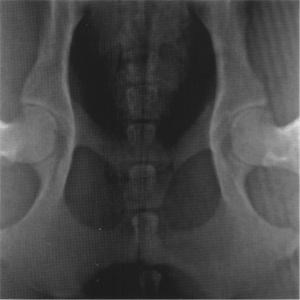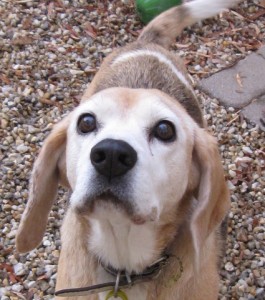 Dr Helen is now certified to PennHIP screen dogs for hip dysplasia. Penn HIP screening identifies pups that are likely to develop hip dysplasia from as early as 16 weeks of age. It is much more accurate than the old Hip Dysplasia Scheme.
Dr Helen is now certified to PennHIP screen dogs for hip dysplasia. Penn HIP screening identifies pups that are likely to develop hip dysplasia from as early as 16 weeks of age. It is much more accurate than the old Hip Dysplasia Scheme.
Breeders of large breeds, like Labradors and German shepherds, and working dogs, like guide dogs, use PennHIP scoring for predicting which dogs will develop hip dysplasia . They can then choose their breeding stock based on accurate and precise information.
Canine Hip Dysplasia (CHD) is an inherited disease which causes stiffness and pain and cripples dogs later in life. Breeding dogs with low PennHIP scores reduces the incidence of it in the breed population.
PennHIP screening includes three separate X-rays of the hips taken under a general anaesthetic by a certified PennHIP veterinarian. The X-rays are sent to the University of Pennsylvania who assess the amount of laxity in the hip joint and detect any arthritic changes.
The University of Pennsylvania issues a ranking based on the amount of hip laxity and the dog’s breed. A lower Distraction Index (DI) indicates that the hips are tight and selecting breeding dogs with a low DI will improve hips in that breed within a few generations.
If we identify a higher DI or signs of hip dysplasia we can advise owners on strategies to minimise the pain and progression of the disease. Affected dogs should be desexed to reduce the chance of passing the risk on.

